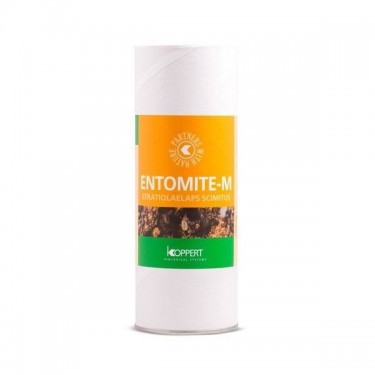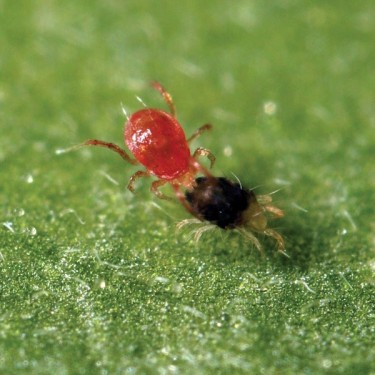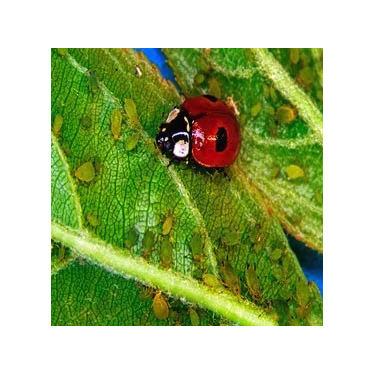Biological Pest Control
There are 6 products.

Biological Pest Control
Biocontrol consists of using insects to get rid of other, nastier insects; every species has its own predator, and you can use those predators in order to get rid of insects that can wreak havoc on your plants. This is the most natural and efficient way of getting rid of any type of insect infestation both indoors and outdoors.
Depending on your infestation, you’ll need to use a certain type of predator – all insects have a specific diet, or at least they usually prefer other specific insects; make sure to keep in mind what predators prefer what insects.
Phytoseiulus Permisilis is a predator mite that often eats red spider mites as a main part of its diet. It can eat up to 5 spiders or 20 eggs a day. As soon as you see the very first symptoms, you’ll need to release these predators on your plants – the longer you wait, the harder it will be for them to completely destroy the spider mites. You’ll see quite an improvement after a couple of days, as they’ll begin to reproduce and they’ll win the war in no time. We tried this out on plants that were covered in spider webs and within days they were almost fully under control. These predators are super effective, although you’ll need to make sure it doesn’t get too warm or humid in your grow room so that they can reproduce – perfect for outdoor or greenhouse grows.
Amblyseius Californicus can also be used to fight spider mites – they’re a bit slower than the previous insect, although they deal better with high temperatures and humidity indoors. Amblyseius Californicus are the same size as spider mites, although they’re transparent. Essentially, they work by sucking out all of the vital liquids from red spider mites, leaving the exoskeleton behind. They move from spider to spider, eating around 8-10 red spider mites a day. Once they’re full, they reproduce – if you have a big infestation all you need to do is wait a bit and your plants will be red spider mite free.
Orius Laevigatus are a type of micro-scarab that has a sword-like break that they use to feed on thrip insects. It stabs them and sucks them dry. They’re pretty easy to see, so you’ll be able to see them increasing in numbers as they reproduce. As soon as you see the first signs of thrips you’ll need to release this predator on your plants. One of these plants can eat up to 300 thrips in their 20 day life span, although they don’t do well under low temperatures. It’s ideal for indoor growing; adults can fly and easily move from plant to plant, although they prefer to walk. Larvae and adult insects are capable of attacking thrips.
One of the most affordable biocontrol predators are Swirskismites, which are insects that are quite similar to red spider mites apart from the fact that they eat them. If you tend to have spider mites in your grow, you can try and prevent them next time round by placing a couple of sachets per square meter. If you already have spider mites on your plants, we recommend using one sachet per plant indoors. Outdoors they tend to move to other plants too, so you’ll need to release quite a lot. Indoors is where it does best as it loves high temperatures. You can use it alongside Phytoseiulus Permisilis or Amblyseius Californicus.
If you don’t want to use pesticides or insecticides on your plants, biocontrol is one of the most efficient and effective, natural ways to protect your plants. Have a look through the predators that we stock; each one has a full description so that you know what conditions to give them so that they thrive.







